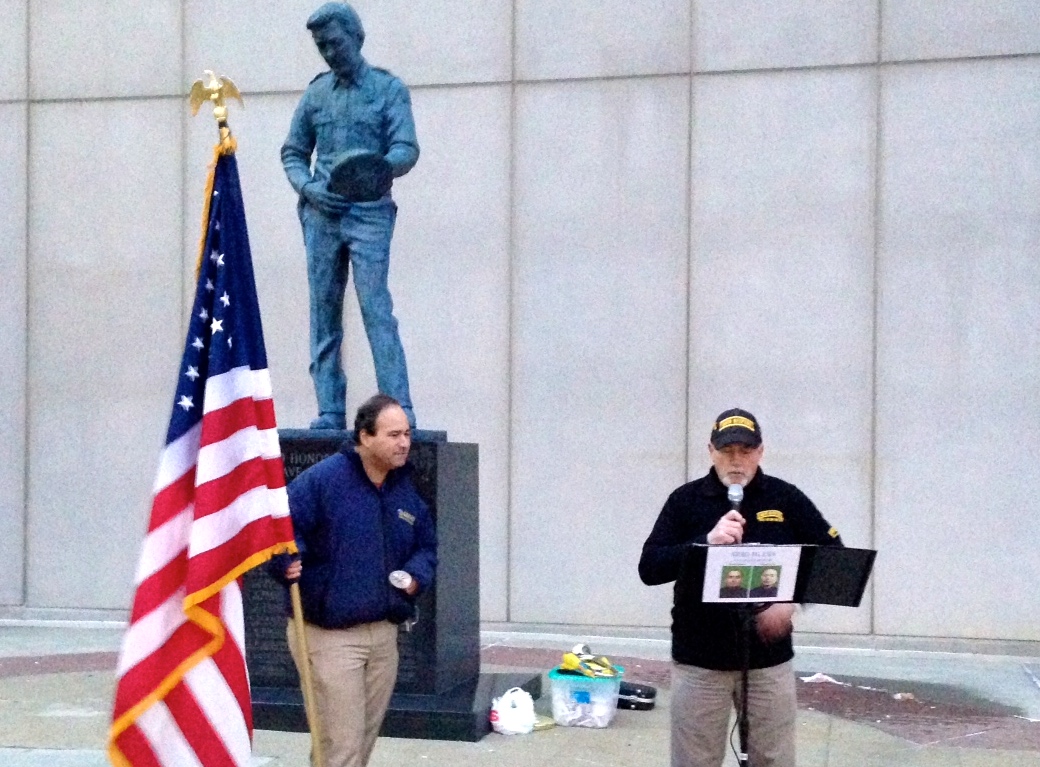Site Plan Review, Repercussions Await After Chap Crossing Rezone

Site plan and state Department of Transportation approvals are still needed by developer Summit/Greenfield for Chappaqua Crossing to be built. What also remains to be seen is whether there is political fallout from the New Castle Town Board’s controversial decision.
The board’s voted Dec. 18 to rezone 19 acres of the former Reader’s Digest property for retail use by a 4-1 margin, allowing up to 120,000 square feet of space at the former Reader’s Digest site. The proposal is anchored by a 40,000-square-foot Whole Foods supermarket.
While council members Jason Chapin and Elise Kessler Mottel, two board members who voted for the rezone, face re-election next fall, there has been a perception that part of last year’s winning slate may have reneged on a central campaign promise.
Talking points by Supervisor Robert Greenstein and council members Lisa Katz and Adam Brodsky in 2013 sounded similar, including their hope to complete the Master Plan update before making a decision on the rezone, but a year later their comments before and after the vote appeared very different. Katz was the dissenting vote.
Greenstein denied his vote was an about-face, saying that from at least as far back as early 2012 he supported the idea of a Whole Foods at the site after Chappaqua lost D’Agostino, the hamlet’s only supermarket. He said he repeated his support for Whole Foods during the campaign.
Even before he announced his candidacy, in a March 2012 letter to the editor to newcastlenow.org, Greenstein contended that the town needed to boost its commercial tax base.
“I believe a high-end grocery store—like Whole Foods, for example—would do very well at that location considering the demographics of New Castle and the proximity of Chappaqua Crossing to the Saw Mill,” Greenstein wrote. “I think that such a move could help foster a working relationship with Summit Greenfield as we take each others’ interests into consideration.”
What Greenstein said he had been against was a shopping center with big-box stores, such as a Staples or a Petco that Summit/Greenfield was previously considering, which could threaten downtown.
In another correspondence in June 2013, Greenstein reaffirmed his support for Whole Foods, but sharply criticized the former town board for failing to get more community feedback on the original retail plan.
However, the April 2014 revision to move away from large chain stores to smaller retail spaces other than Whole Foods made the latest plan palatable.
“They revised it into a community development concept plan and that what was submitted in April, a revised community development concept plan that took into account traditional neighborhood design,” Greenstein said. “Again, (it’s) not perfect. I’m not going to claim that it is, but it’s better than it was.”
Katz wouldn’t comment directly on the vote of her running mates from last year but conveyed her disappointment in the rezone, reiterating points that the project would be too big for the site.
“I don’t want to talk about them or their reasons,” Katz said after the vote. “I can say that I am a woman of integrity and I did exactly what I campaigned to do. I believe in what I said and I voted on what I said I’d do.”
She pledged to be a voice to make sure that what gets built there is beneficial to New Castle, adding that she felt even more certain of her decision after the vote.
Brodsky acknowledged his opposition to the Summit/Greenfield’s previous retail plan during the campaign and wanted to have the Master Plan completed first. However, between improvements in the revised proposal to go toward smaller retail shops, the threat of litigation and the town losing out on badly needed tax revenue, a tradeoff had to be made.
It was a decision, Brodsky said, he didn’t take lightly, with many sleepless nights. Several friends and neighbors are now threatening not to speak to him again, he said. Once he saw the risks the town faced from the inside, the drawbacks of voting against the rezone were too great.
“It’s one thing to campaign as an optimistic candidate, but as an elected official, you have to live with the consequences of your actions,” he said.
Despite drawbacks, Brodsky said if the project would be built, it could help the town similarly to Armonk Square, which reenergized that hamlet.

Martin has more than 30 years experience covering local news in Westchester and Putnam counties, including a frequent focus on zoning and planning issues. He has been editor-in-chief of The Examiner since its inception in 2007. Read more from Martin’s editor-author bio here. Read Martin’s archived work here: https://www.theexaminernews.com/author/martin-wilbur2007/


